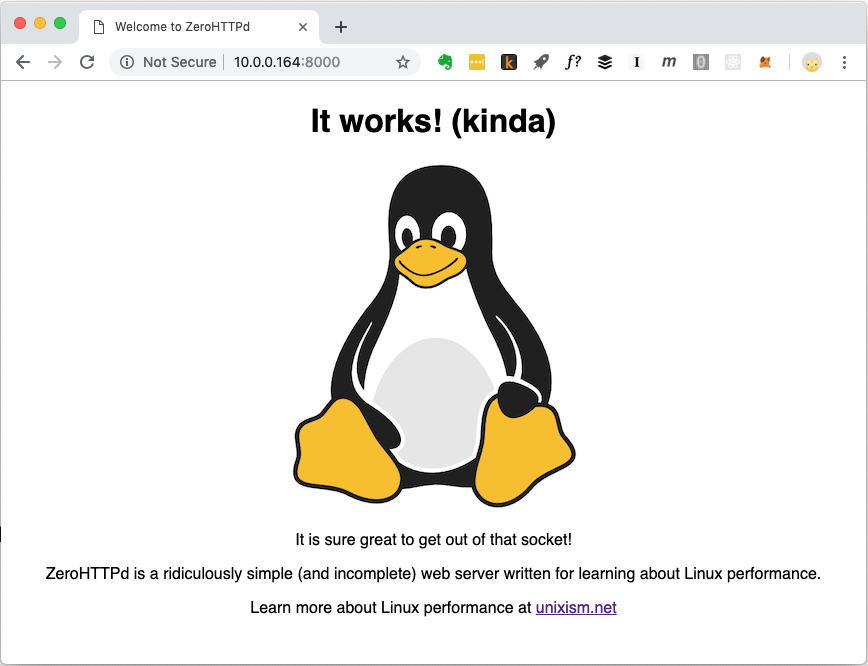io_uring is a clever new, high-performance interface for asynchronous I/O for Linux without the drawbacks of the aio set of APIs. In this 3-part article series, we look at how to use io_uring to get the most common programming tasks done under Linux. We write a series of programs of increasing complexity to slowly but steadily introduce the features of io_uring. While we will use liburing for the most part, we do explore the raw io_uring interface in part 1 so that we understand the interface at a low-level.
Here are the list of articles in this series and their summaries
- Part 1: Introduction: In this article, we look at an introduction to
io_uringand the programming interface it presents. We create 3 versions of an equivalent of the Unixcatutility. The first version,regular_cat, is built using synchronousreadv()system calls. This serves as a reference for us to compare synchronous and asynchronous programming. The second version,cat_uringis functionally the same as the previous example, but is built usingio_uring‘s raw interface. The final version in this part,cat_liburing, is built withliburing, which provides a higher-lever interface toio_uring. - Part 2: Queuing multiple operations: the previous example serves as an introduction, we keep it simple on purpose queuing only one request at a time to process. In this part, we develop a file copying program,
cp_liburing, in which is capable of queuing several requests so thatio_uringcan process them all in one go, with a single system call. - Part 3: In this part, we develop a simple web server written using
io_uring. Featuring ZeroHTTPd, a simple web server that usesio_uringexclusively to do all I/O. We see how to queueaccept(),readv()andwritev()operations usingio_uring.
By building ZeroHTTPd, we culminate.

Source code
The full source code for all the examples is available here at Github.
A note on kernel versions
io_uring is a fairly new and rapidly evolving kernel subsystem. Please note that for the web server example, you’ll at least need to be running kernel version 5.5. Most distributions are not yet running that version or newer at the time of writing this. As for other examples, I’ve tested them on a machine running kernel version 5.3 and they run fine. The web server example was tested on Arch Linux which currently is based on kernel version 5.5.15.
About me
My name is Shuveb Hussain and I’m the author of this Linux-focused blog. You can follow me on Twitter where I post tech-related content mostly focusing on Linux, performance, scalability and cloud technologies.
Comments
3 responses to “io_uring By Example: An Article Series”
[…] Series introduction […]
[…] Series introduction […]
[…] Series introduction […]